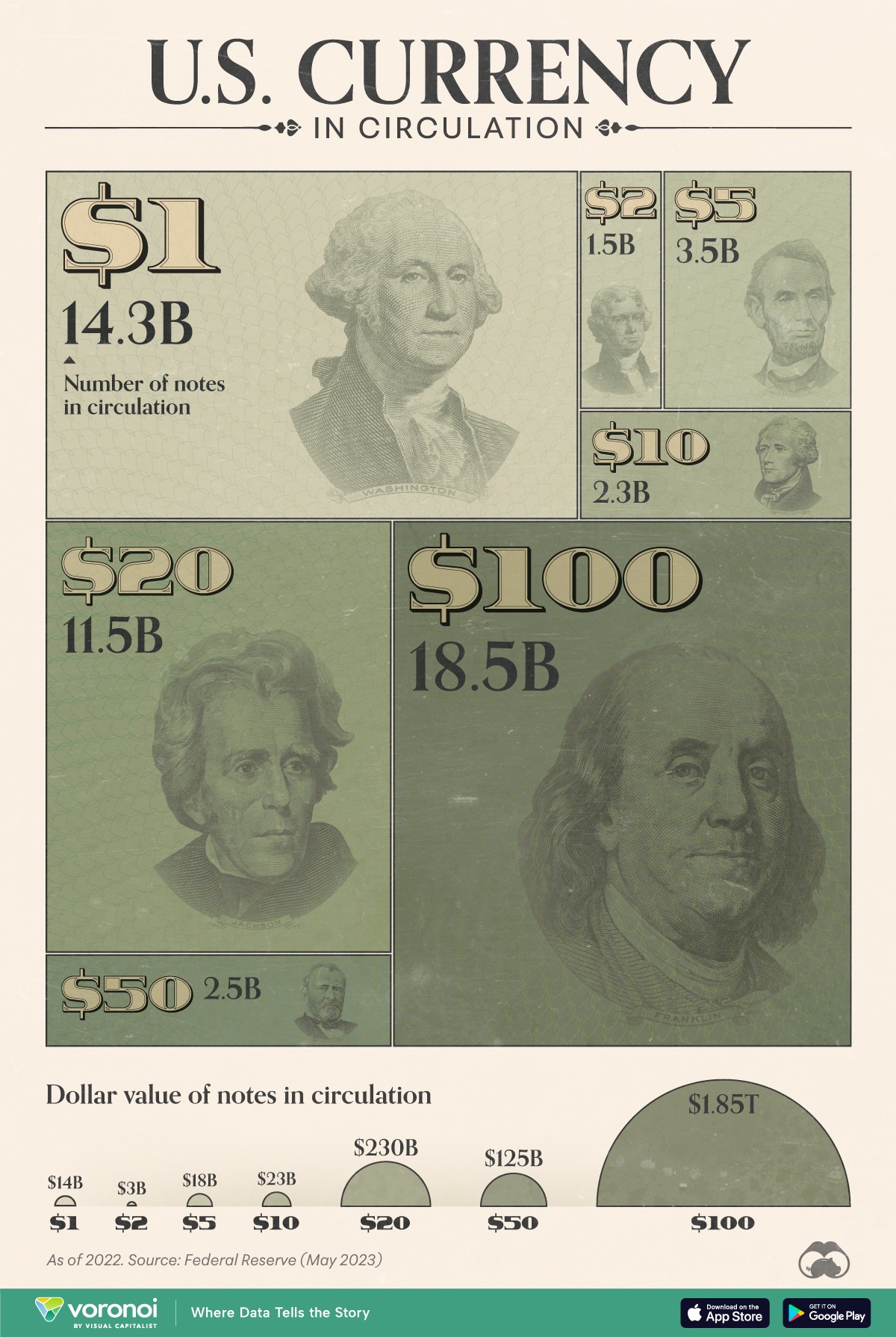I regret that during the past 25 years of working with New Media, what has distressed and alarmed me most is discovering that a tangible percentage of the people with whom I grew up harbor extremist opinions. I estimate that the percentage of whom is approximately less than five-percent, yet that means one in every twenty. That number, like their extreme opinions, is unfortunately too tangible.
My mother was from a multi-generational Republican family (her ancestors was a Republican politician who served in the Connecticut State Legislature. My father was from a Boston liberal immigrant family (the Crosbies are lowland Scots). I thus grew up with political differences; I’m used to dealing with opposing political opinions.
However, what I’m not used to is political ‘opinions’ based upon clearly disproven lies. The political opinions of mature adults aren’t based upon lies. As psychologists will tell you, a characteristic of a mature adult is that the person changes his opinion when faced with contrary evidence that disproves that opinion. He will also acknowledge that the opinion has been disproved. Only liars or psychologically immature adults knowingly base their opinions upon clearly disproven lies. I unfortunately know, among the people with whom I grew up, too many psychologically immature adults or knowing liars. I’ve grown shocked to realize that is what they are. I’m tired of knowing them and am repulsed at their deceits or immaturity.
Worse, some of them purport to be Christians. During my life, I’ve gotten to know many Jews, Muslims, Hindus, Sikhs, and Buddhists, and can state that I don’t know any who based their political opinions upon lies. Perhaps that is simply because as an adult I met these Jews, Muslims, Hindus, Sikhs, and Buddhists and chose to make them my friends. Whereas, by contrast, I did not choose the people with whom I grew up; those were simply the kids who happened to live within the school district where I lived while growing up. Almost all of those kids were purportedly Christian (indeed, very many because I attended a Catholic parochial elementary school). I’ve become amazed at how some of these Christian kids have grown to become bigots, Christian nationalist extremists, or both.
This year, I intend to drop as friends and block from my social media feeds those among whom I grew up who harbor extremist opinions. I should have done so years ago. I first however feel a need to tell my other friends why I am dropping and blocking those extremists. I realize that I needn’t tell my friends why. Yet the reason I will tell them why is because they too have been enduring these extremists, perhaps putting up with them too much ‘for old times sakes’. Silence in response to bigotry or lies merely encourages the bigots and liars to spread their lies and prejudices more. Stop them here and now.
So, if during subsequent weeks you see me posting here about bigots and political liars who are unfortunately among my acquaintances, you now know why.
Why here on this blog? Because by posting here then simply linking to that on the several social media I use, I don’t have to repetitive writing the some posting on each of those social media.







